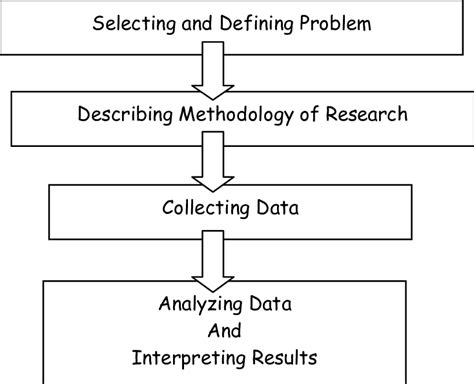Statistics is the science of conducting studies to collect, analyze, interpret, and present data. It is used in a wide variety of fields, including business, economics, psychology, and medicine. Statistics can be used to describe data, make inferences about a population, and test hypotheses.

Why is Statistics Important?
Statistics is important because it allows us to make informed decisions based on data. By understanding how to collect, analyze, and interpret data, we can make better decisions about everything from marketing campaigns to medical treatments.
How is Statistics Used?
Statistics is used in a wide variety of ways, including:
- Describing data: Statistics can be used to describe the central tendency, variability, and distribution of data. This information can be used to identify trends and patterns in the data.
- Making inferences about a population: Statistics can be used to make inferences about a population based on a sample of data. This information can be used to estimate population parameters, such as the mean and standard deviation.
- Testing hypotheses: Statistics can be used to test hypotheses about the relationship between two or more variables. This information can be used to determine whether there is a statistically significant relationship between the variables.
Benefits of Statistics
There are many benefits to using statistics, including:
- Improved decision-making: Statistics can help us make better decisions by providing us with information about the data we are considering.
- Increased efficiency: Statistics can help us to be more efficient by identifying trends and patterns in the data. This information can be used to streamline processes and improve productivity.
- Reduced risk: Statistics can help us to reduce risk by providing us with information about the likelihood of different events occurring. This information can be used to make informed decisions about how to allocate resources and manage risk.
Limitations of Statistics
There are also some limitations to using statistics, including:
- Data quality: The quality of the data used in a statistical analysis can have a significant impact on the results. It is important to ensure that the data is accurate, complete, and relevant.
- Sampling error: Sampling error is the error that occurs when a sample of data is not representative of the population from which it was drawn. This error can be reduced by increasing the sample size.
- Measurement error: Measurement error is the error that occurs when the data is not measured accurately. This error can be reduced by using valid and reliable measurement instruments.
Conclusion
Statistics is a powerful tool that can be used to make informed decisions based on data. By understanding how to collect, analyze, and interpret data, we can make better decisions about everything from marketing campaigns to medical treatments.
FAQs
- What is the difference between statistics and data science?
Data science is a broader field that includes statistics, as well as other disciplines such as machine learning and data mining. Statistics is the science of collecting, analyzing, interpreting, and presenting data.
- What are some of the most common statistical methods?
Some of the most common statistical methods include:
* **Descriptive statistics:** Descriptive statistics are used to describe the central tendency, variability, and distribution of data.
* **Inferential statistics:** Inferential statistics are used to make inferences about a population based on a sample of data.
* **Hypothesis testing:** Hypothesis testing is used to determine whether there is a statistically significant relationship between two or more variables.
- What are some of the most common applications of statistics?
Statistics is used in a wide variety of applications, including:
* **Business:** Statistics is used in business to make decisions about marketing campaigns, product development, and customer service.
* **Economics:** Statistics is used in economics to analyze economic data and make forecasts about the economy.
* **Psychology:** Statistics is used in psychology to study human behavior and mental processes.
* **Medicine:** Statistics is used in medicine to design clinical trials and analyze medical data.
- What are some of the challenges of using statistics?
Some of the challenges of using statistics include:
* **Data quality:** The quality of the data used in a statistical analysis can have a significant impact on the results. It is important to ensure that the data is accurate, complete, and relevant.
* **Sampling error:** Sampling error is the error that occurs when a sample of data is not representative of the population from which it was drawn. This error can be reduced by increasing the sample size.
* **Measurement error:** Measurement error is the error that occurs when the data is not measured accurately. This error can be reduced by using valid and reliable measurement instruments.
- What are some of the future trends in statistics?
Some of the future trends in statistics include:
* **The use of big data:** Big data is a term used to describe large and complex datasets that are difficult to analyze using traditional statistical methods. The development of new statistical methods and technologies is making it possible to analyze big data and extract valuable insights from it.
* **The use of machine learning:** Machine learning is a type of artificial intelligence that allows computers to learn from data. Machine learning can be used to develop statistical models that are more accurate and efficient than traditional statistical models.
* **The use of data visualization:** Data visualization is a way of representing data visually. Data visualization can help to make data easier to understand and interpret.
